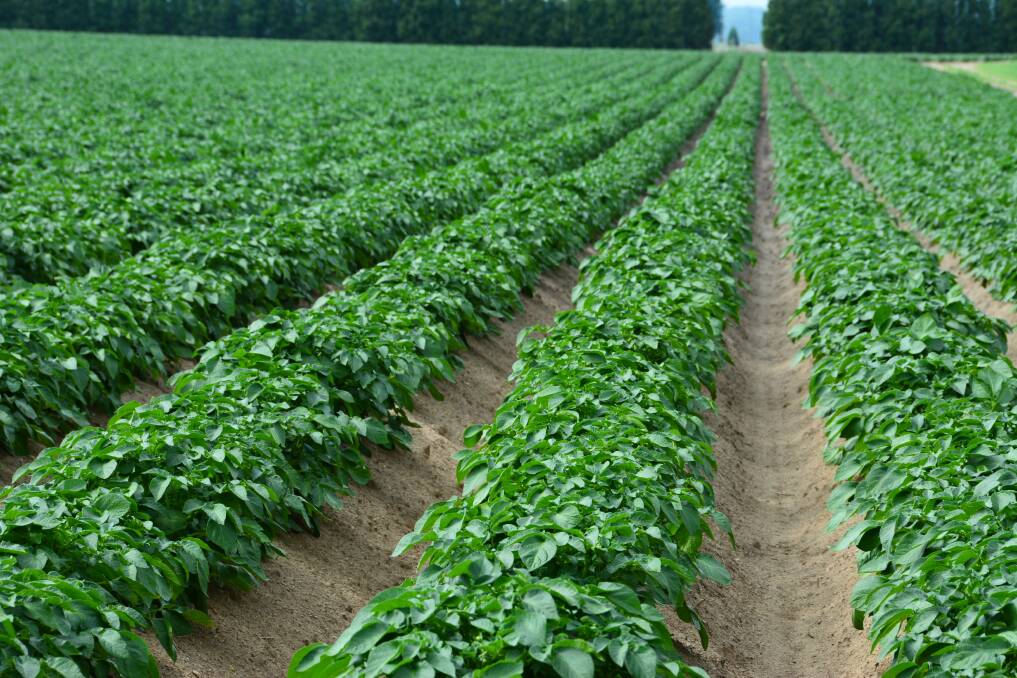Canopy management key

HEALTHY leaf growth and sustained canopy duration have a positive impact on tuber set, size and subsequent yield.
Timely applications of the required nutrients are important to optimise plant growth while crop protection applications prolong leaf and canopy health to increase tuber size.
"Nutrients increase the plant's ability to resist disease by maximising the inherent resistance of plants, facilitating disease escape through increased nutrient availability, plant growth stimulation, altering the external environment to influence survival, germination and penetration of pathogens," agronomy and crop solution manager, Yara Australia, David McRae said.
"Strong, healthy cells are less susceptible to disease."
Pre-planting soil analysis and in-crop petiole and leaf analysis are key management tools that can be used to optimise nutrient application rates.
Under or over application of nutrients generally have negative effects on plant growth, crop yields, quality or the environment.
Nitrogen has a major role early in the season to drive canopy development.
Nitrogen is required during leaf formation to increase the plant's capacity for photosynthesis and produce plant sugars/energy.
At later growth stages, nitrogen maintains canopy greenness and duration, supporting energy production necessary for tuber growth and maximum yield potential.
The addition of too much nitrogen can lead to excessive vegetative growth at the expense of tuber formation.
Dense large plants create a high humidity environment and limit air flow within the canopy.
These conditions are conducive for development of fungal diseases, such as early blight (Alternaria solani). Infection can cause premature leaf defoliation resulting in tuber yield reduction.
"Using fungicides stops leaf infection and ultimately keeps leaves greener for longer," said Dr Brandy Rawnsley, Syngenta technical services lead - horticulture.
"This is vital near the end of the season when final yield production is determined."
Nutrient uptake increases rapidly from before tuber initiation through to tuber bulking.
Availability of nutrients during this period is critical as both canopy development and tuber set / bulking are competing for nutrition and plant sugars at the same time.
If there is a shortage, nutrients and plant sugars are preferentially directed to the developing tubers.
This will have a negative effect on canopy duration, leaf health and energy production.
If phosphorus supply is inadequate, phosphorus is translocated from the leaves to supply tuber requirements, reducing the phosphorus content of leaves and increasing the risk of late blight infections.
"Tuber yields have been increased by 0.6t/ha for each day after tuber initiation that leaf tissue phosphorus content is maintained above 0.22 per cent," explains Mr McRae.
This is article was jointly created by Syngenta and Yara Australia for the benefit of the potato industry.
- This is advertiser content for Yara Australia.


